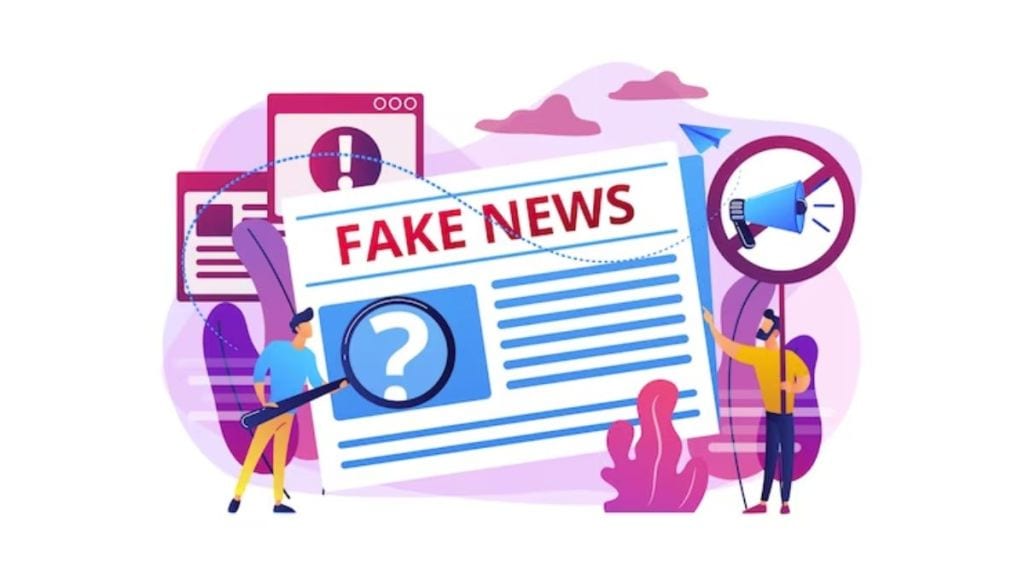The rise of misinformation has been a worrisome sign for the news publishing industry. While the government has been doing its bit to curb the spread of misinformation as it plans to set up its own fact-check unity, technology giants aren’t left behind. “We will continue to work in collaboration with news publishers on curbing misinformation while following the law of the land, Sanjay Gupta, country head and vice-president, Google India, said on Thursday. Gupta was speaking at a roundtable held in Delhi.
One in five Indian language users says they counter misinformation often, as per Google’s latest study titled, titled, Indian Languages – Understanding India’s Digital News Consumer. The report further stated that Bengali and Marathi speakers claim to do so with an even greater frequency. There is no one size fits all approach when it comes to verifying misinformation, states the report, adding that the ways of verifying misinformation vary from person to person.
Google runs various fact-checking programmes such as Google News Initiative Training Network in India which was rolled out in 2018, to support journalists and newsrooms in learning the digital skills they needed to verify and tackle online misinformation. The technology giant claims that have trained 6,000 journalists to date. Further, it supports Factshala, a collaborative and multi-stakeholder media literacy network led by about 250 journalists and other experts that run locally tailored workshops and programs in 15 Indian languages. In 2022, it supported Ekta – a consortium of six independent fact-checking groups and Meedan, a global technology non-profit, to run a media literacy and fact-checking training and fellowship for journalism students.
YouTube also launched “Hit Pause”, a program to help viewers spot and evaluate misinformation, in India at the end of 2022. According to Gupta, the company uses technology to fight and curb misinformation. “In certain cases where the content is inappropriate, we use technology to find such information and remove them for platforms such as YouTube. Then we apply the model of reduction, praise, and reward. In the case of content or information, we are not sure we believe that fewer people should see it and hence reduce reach. As for credible content, we praise it and further reward it,” he explained.
The report further stated that 15% of all news consumers are ready to pay, adding that the profile is skewed to highly educated, English-knowing, affluent millennials. Conciseness, quality, fact-checking, and exclusive information underpin the desire to pay among consumers. As per Gupta when it comes to the future of news, young India wants in-depth, trustworthy, and credible news. “People consume content in different forms. While format and language will continue to evolve or change, it will be important to build trust and credibility,” he noted.


